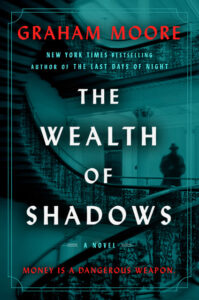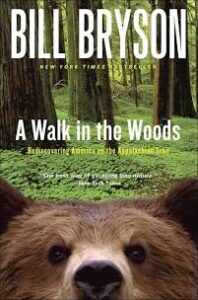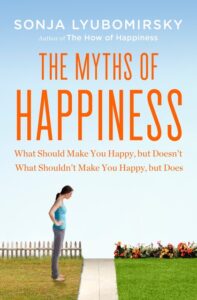The Wealth of Shadows

By Graham Moore
384 pages
Published: May 21, 2024
One of two books selected for the September meeting of The Mules, The Wealth of Shadows was a terrific read from start to finish.
Briefly, it’s the story of an ordinary man who joins a secret mission to bring down the Nazi war machine by crashing their economy. It is billed, correctly, as a novel, but is a largely factual account of the largely secret economic battle that took place between Maynard Keynes, the British economist who was credited with saving England from financial ruin in the resolution of WWI, and Harry Dexter White, a lower-level American economist and possible Russian spy, over which currency would dominate the world after WWII.
There are many reasons to recommend this book.
Firstly, it’s a thriller, a page-turner about brilliant and ruthless economists whose understanding of the role of economics in war was as different as it was profound.
Second, it is a fundamentally accurate accounting of what went on behind the scenes in the US, America, Germany, and Russia that made WWII inevitable.
Third, it is an accessible treatise on the difference between Keynesian economic theory and that of Milton Friedman – still the two most influential philosophies of how government should and shouldn’t involve itself with free enterprise.
And finally – and this was a bonus for me – it is an in-depth account of the origins and tactics of the Cold War.
I read The Wealth of Shadows just after watching The Octopus Murders, a documentary about the shenanigans behind the 1985-87 Iran-Contra scandal, which was also, at one level, an account of the economics of war. And towards the end of my reading, I was invited to join a clandestine discussion group comprised of Austrian economists, free market advocates, Libertarian philosophers, and what sounds to me like spies and secret operatives that meet virtually every month to explore the people and policies that have been responsible for most of the military and economic conflicts that have plagued the US since the end of WWI.
Had I not watched that documentary and read The Wealth of Shadows, I would not have been prepared to grasp the pace and depth of the conversations in the two meetings I have attended so far.
Click here to watch a video of Graham Moore talking about his book.
A Walk in the Woods

By Bill Bryson
274 pages
Published: 1998
Bill Bryson is a writer custom-made for busy readers with ADD – like me.
You can pick up one of his books and spend an hour or so learning about history or geography or science, have a completely pleasant time doing so, and then put the book aside and come back to it later.
I began A Walk in the Woods at least 10 years ago. I’ve dipped into it a half-dozen times, and I’m not done yet. Because Bryson writes in vignettes, I’ve always been satisfied with however many pages I could consume in a sitting, without feeling an urgency to finish.
A Walk in the Woods chronicles his attempt to thru-hike the Appalachian Trail during the spring and summer of 1996. On a thematic level, it’s an exploration into the contrasts and connections between the wilderness and civilization. And although it’s rich in details and descriptions, it is much more a smart and funny personal journal than a travel guide.
The Myths of Happiness

By Sonja Lyubomirsky
320 pages
Published: Jan. 1, 2012
I found nothing in this book that seemed new. Nor anything that surprised me.
But for a book – and especially a self-help book – to be worth reading, the content doesn’t need to be new and different. It is enough sometimes to provide a better and/or deeper understanding of the problems analyzed and the solutions suggested. And even when that isn’t done, the book can still merit a read (a quick but purposeful read) if the advice itself is something you know but need to be reminded of.
The weakness of The Myths of Happiness was clear to me after the first several pages. I might have put it down, but, always interested in the subject of happiness, I did what I always do with a book like this: I read it quickly, at a speed of about 500 words a minute. Which means that I was able to go through the entire thing (at 250 words per page) in about three hours.
Given that modest investment of time, the book delivered. I found half a dozen suggestions in it that seemed promising. For example: Rather than recommending the common pop-psychology bromide of “Imagine you have just one week to live and you won’t see these people again…” Lyubomirsky recommends imagining that you are about to leave them for a long and indefinite span of time – a good twist, because it obviates the morbidity issue and is thus easier to imagine.
